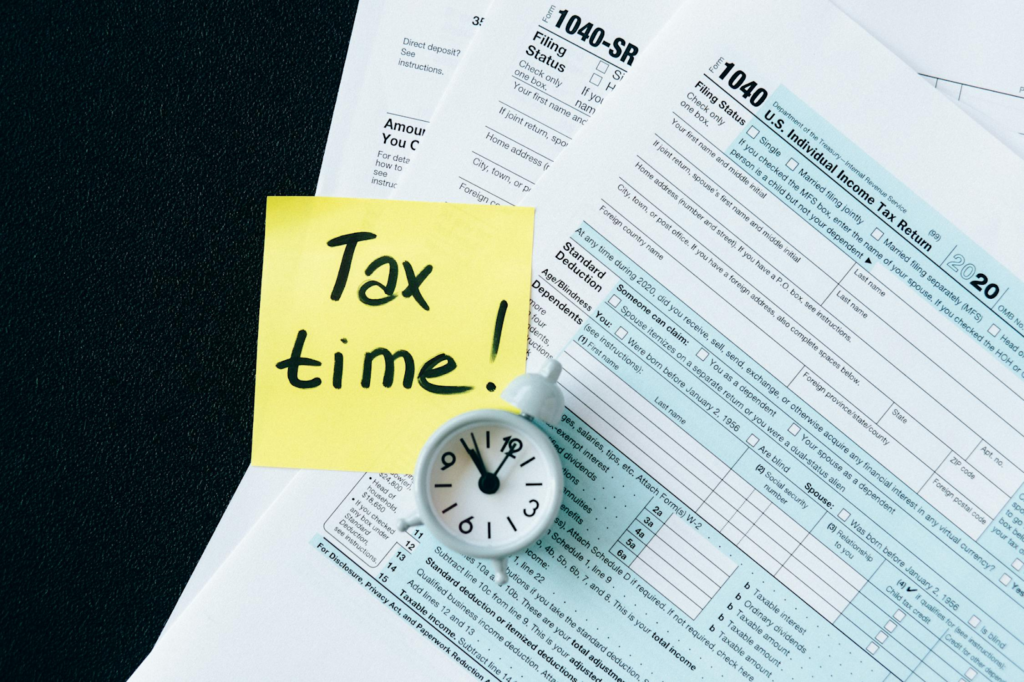The Scientific Research and Experimental Development (SR&ED) program is a valuable tax incentive offered by the Canadian government to encourage research and development activities. However, navigating the SR&ED audit process can be complex and daunting. An understanding of the audit process can significantly ease the experience and help ensure a successful outcome. This guide provides a comprehensive overview of the SR&ED audit process, outlining key aspects that businesses should be aware of to manage their audit effectively.
Overview of the SR&ED Audit
The SR&ED audit is a critical component of the SR&ED claims process, designed to verify the legitimacy and accuracy of claims. The audit process typically begins once a claim is submitted, and the Canada Revenue Agency (CRA) selects it for review. During the audit, CRA auditors examine the submitted documentation to confirm that the claimed activities meet the SR&ED criteria. This includes assessing the technical and financial aspects of the project to ensure compliance with the program’s requirements. Preparation is essential for a smooth audit. Businesses should ensure that their records are thorough and well-organized. Key documents include project descriptions, technical reports, time tracking records, and financial statements. Maintaining accurate and detailed documentation not only supports the claim but also facilitates the audit process by making it easier for auditors to verify the information.
Key Components of the SR&ED Audit
During the audit, auditors review several key components of the SR&ED claim. One of the primary focuses is the technical documentation. This includes evaluating the scientific or technological advancements achieved, the methodologies used, and the problem-solving processes involved. The auditors will look for evidence that the claimed work involved systematic investigation, experimentation, and analysis.
Another critical component is financial documentation. Auditors scrutinize the costs claimed, including salaries, materials, and overheads, to ensure they align with the activities described. It is crucial for businesses to provide detailed records of expenditures and to justify how each cost relates to the SR&ED project. The accuracy of these records can greatly influence the outcome of the audit.
Understanding the Importance of Deadlines
Adhering to deadlines is a crucial aspect of managing the SR&ED audit process. The timing of your SR&ED claim submission and any required follow-up actions can significantly impact the audit’s outcome. It’s important to be aware of the SR&ED deadlines, as missing them can lead to delays or complications in the audit process. For instance, meeting the sred deadline is essential to ensure that your claim is processed in a timely manner and that any issues can be addressed promptly. Being proactive in meeting deadlines and managing the timing of your claim and related activities can help avoid unnecessary complications and ensure a smoother audit experience.
Common Challenges and How to Address Them
One common challenge during the SR&ED audit process is the discrepancy between the claimed activities and the supporting documentation. To address this, businesses should ensure that their project documentation is comprehensive and aligns with the claims made. Providing clear and detailed descriptions of the research and development activities can help mitigate misunderstandings and clarify the claim’s validity. Another challenge is ensuring that the financial records are accurate and complete. Discrepancies or missing information can raise red flags during the audit. Businesses should keep meticulous records and be prepared to provide additional documentation if requested. Ensuring that all financial aspects of the project are well-documented and justified is key to overcoming this challenge.
Effective Strategies for Managing the Audit
Managing an SR&ED audit effectively involves proactive preparation and clear communication. Businesses should start by organizing all relevant documentation and ensuring it is easily accessible. Preparing a summary of the claim that outlines the key aspects of the SR&ED activities and expenditures can also be helpful. During the audit, maintaining open and cooperative communication with the auditors is essential. Respond promptly to requests for additional information and be prepared to explain any aspects of the claim in detail. Building a good rapport with the auditors can facilitate a smoother audit process and help address any concerns they may have.
Utilizing Technology to Streamline the Audit Process
Technology can play a significant role in streamlining the SR&ED audit process. Utilizing advanced software solutions for document management and tracking can help ensure that all relevant information is organized and readily accessible. For example, document management systems can facilitate the storage and retrieval of technical reports, financial records, and other essential documents.
Automated tools can also aid in maintaining accurate records and tracking project progress. Implementing technology solutions can reduce the risk of errors and omissions, making it easier to meet the audit requirements. Additionally, leveraging technology for real-time collaboration with your team and advisors can enhance communication and expedite the audit process.
Navigating the SR&ED audit process requires a clear understanding of the procedures and meticulous preparation. By focusing on thorough documentation, addressing common challenges, and managing deadlines effectively, businesses can enhance their chances of a successful audit outcome. Understanding the key components of the audit, maintaining accurate records, and employing effective strategies can greatly simplify the process and ensure that your SR&ED claim is accurately assessed.






